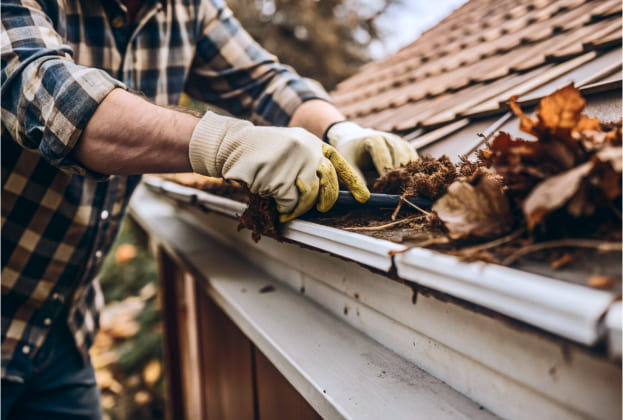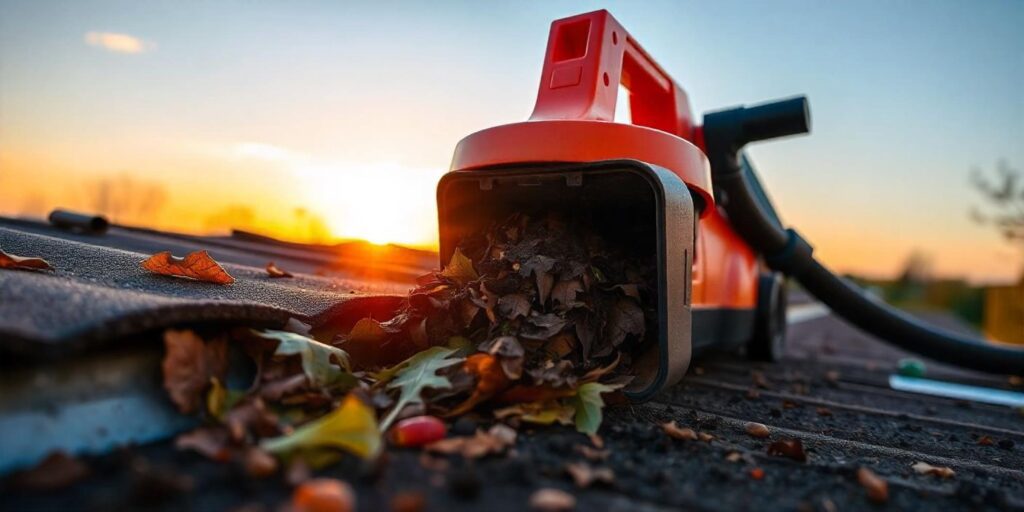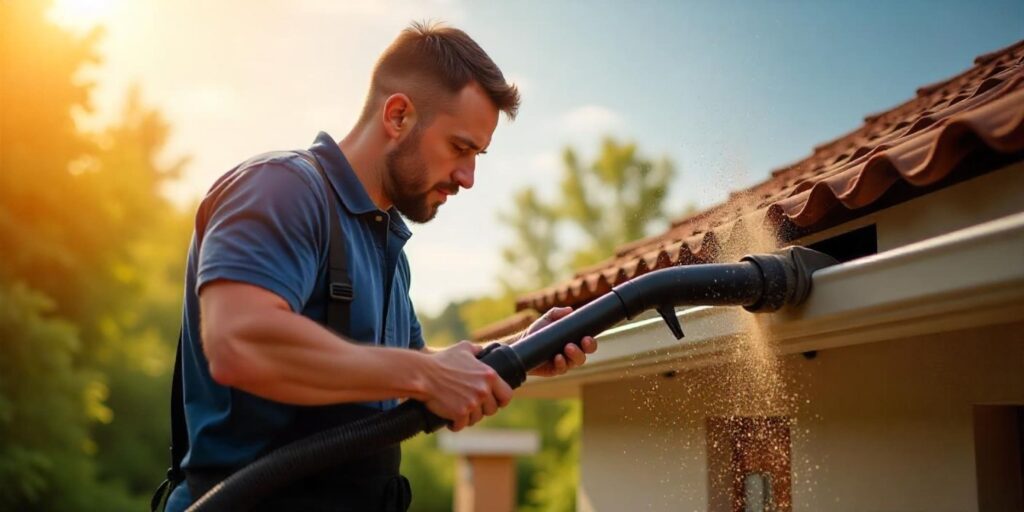How to detect gutter corrosion
Gutters safeguard your property from the harmful effects of water damage by leading rainwater away from the foundation. However, over time, they can become susceptible to corrosion, compromising their effectiveness and leading to costly repairs if left unaddressed. Detecting gutter corrosion early is crucial to prevent further property damage and ensure the longevity of your gutter system.
Visual inspection
Start by visually inspecting your gutters for signs of corrosion. Look for areas where the paint is peeling or bubbling, which could indicate underlying corrosion. Pay close attention to the seams, joints, and downspouts, as these areas are more prone to corrosion due to water accumulation.
Check for rust
Rust is a clear indicator of corrosion in metal gutters. Use a flashlight to inspect the inside of the gutter for any reddish-brown spots or patches. If not addressed promptly, rust can weaken the gutter’s integrity, leading to unwanted leaks and structural damage.
Examine the fasteners
Inspect the fasteners that hold the gutter system in place, such as screws and brackets. Corrosion may cause these fasteners to become loose or deteriorate, compromising the stability of the gutter. Tighten any loose fasteners and replace corroded ones to prevent further damage.
Look for discoloration
Discoloration along the gutter’s surface, particularly greenish or bluish stains, can indicate the presence of corrosion. Chemical reactions between metal surfaces and environmental factors such as moisture and pollutants often cause these stains. Addressing the underlying corrosion is essential to prevent it from spreading.
Check for cracks and holes
Inspect the gutter for any visible cracks, holes, or perforations. Corrosion can weaken the metal, leading to the formation of holes through which water can leak. Utilise a hose to simulate rain and check for any water leakage along the length of the gutter. Mark any areas where leaks occur for repair or replacement.
Inspect the surrounding area
Look for signs of water damage or erosion around your home’s foundation, which could indicate gutter corrosion or improper drainage. Pooled water or moisture stains near the house’s base may suggest that the gutter system is not effectively directing water away from the foundation.
Consider hiring a professional
If you’re unsure about the extent of gutter corrosion or how to address it, consider hiring a professional gutter contractor to inspect and assess the condition of your gutters. A professional gutter or roofing inspection can help identify underlying issues and recommend appropriate solutions to prevent further damage.
Regular maintenance
To prevent gutter corrosion in the future, make regular maintenance a priority. Clean and empty your gutters at least twice yearly to remove debris and prevent water buildup, which can accelerate corrosion. Additionally, consider applying a protective gutter coating or sealant to help prolong the life of your gutters and reduce the risk of corrosion.
Invest in quality materials
When installing or replacing gutters, invest in high-quality materials resistant to corrosion, such as aluminium or stainless steel. These gutter materials are more durable and less likely to rust and corrosion than traditional galvanised steel gutters.





